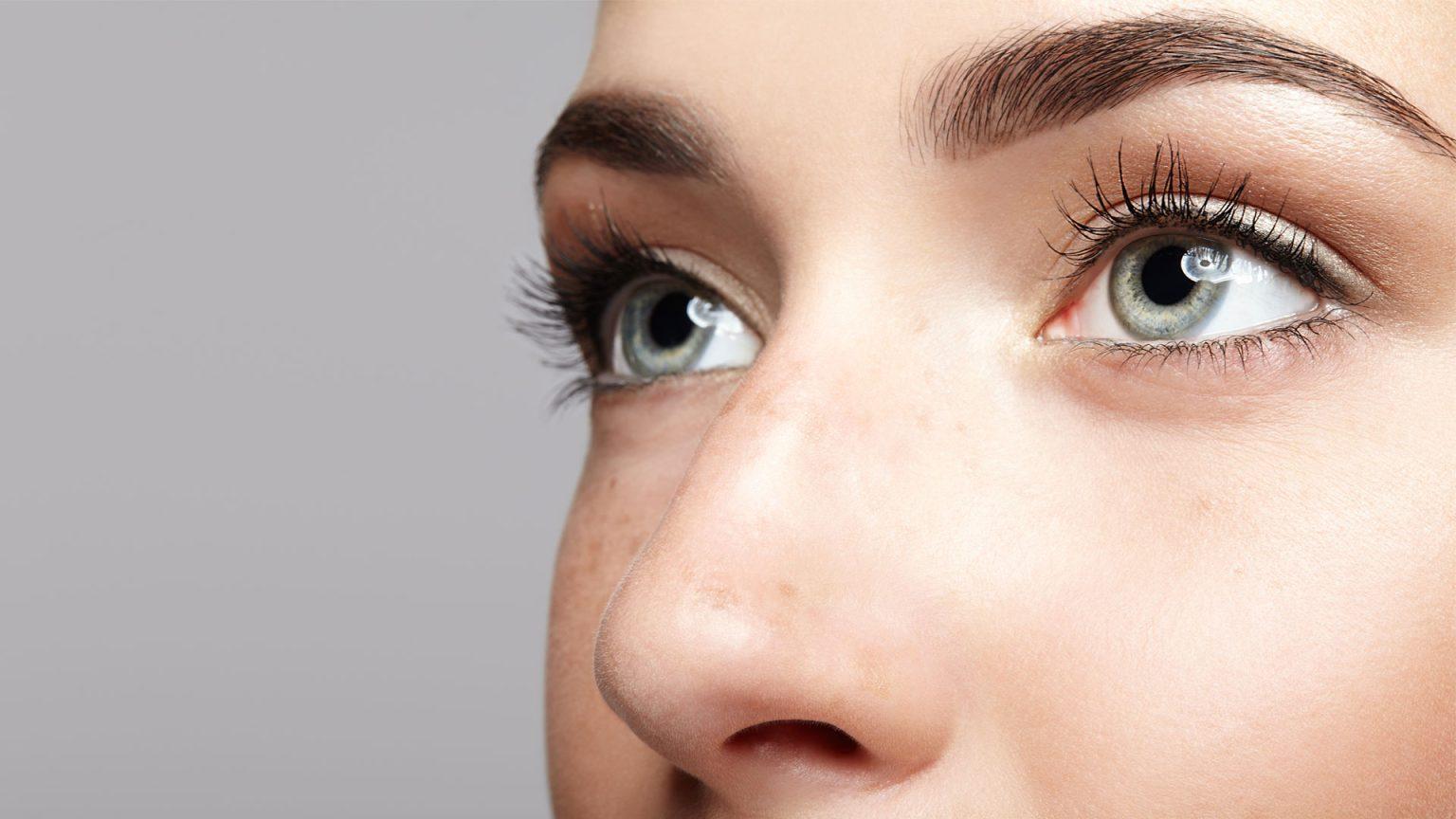What is Short-Sightedness?
Short-sightedness (also referred to as near-sightedness or myopia) is one of the most common eyesight conditions affecting patients in the world today. With NHS data suggesting that 1 in 3 individuals in the UK suffer from myopia, awareness around the condition appears to be improving as the condition becomes more widespread. Put simply, myopia causes objects at a distance to appear distorted, or blurred. Conversely, objects at a close distance can be seen perfectly well. Short-sightedness symptoms are well-documented and common amongst many patients.
Groundbreaking research jointly funded by the College of Optometrists and Ulster University has demonstrated that myopia is on the rise: the condition is twice as common amongst children in the UK when compared to figures in the 1960s. The Northern Ireland Childhood Errors of Refraction (NICER) study also found that children with one short-sighted parent are at least three times more likely to suffer from the condition than those with a parent without it. It has also shown that short-sightedness is more prevalent between the ages of six and 13 years.
Like all medical conditions, the severity of myopia can range from mild to severe. This means that the condition may have a minimal impact and require no treatment, or that the condition significantly affects the patient’s vision, requiring treatment. However, it is widely accepted that the severity of myopia can significantly worsen during teenage years, when the body – and eyes – enter new stages of development.
Cathedral Eye Clinic offer a number of surgical and treatment options to tackle myopia.
Short-sightedness symptoms, both in children and adults include:
Having to move much closer to the board at school, difficulty seeing well enough to drive or other distance related tasks.
In most cases, prescription glasses or contact lenses can correct this visual impairment.
Short Sightedness Causes
Myopia causes light to focus in front of the retina. This results in objects at a distance appearing blurred, out of focus and resulting in glare around lights at night. Whilst short-sightedness causes are largely unknown, it is understood that the condition runs in families. It is also increasingly felt that the greater amounts of long-term focusing on nearby objects (most commonly television and computer screens) along with this being carried out indoors may together be somehow involved in the development or worsening of myopia.
The true causes of short-sightedness are imperfectly understood, a number of factors are thought to increase the risk of the condition. These factors include:
- Genetics
- Excessive time spent indoors
- Excessive close-vision work (such as working at a computer screen)
- Excessive eye strain (caused by watching a bright television screen, for example)
Short-sightedness causes a number of eye conditions if untreated, with a lack of treatment significantly increasing the chances of developing further visual impairments. These associated conditions include:
- Squinting (eyes can face in different directions)
- Glaucoma
- Cataracts
- ‘Lazy eye’ (amblyopia)
- Retinal detachment
Myopia Treatment
Myopia treatment comes in a number of options for prospective patients. In many cases, corrective lenses will be recommended. These may come in the form of prescription glasses or contact lenses, and can greatly assist the individual in focusing their line of vision upon distant objects.
As the most common method of correcting short-sightedness, glasses are a huge market (and a treatment that can, of course, be made fashionable). The weight and thickness of prescription glasses will largely depend on the severity of your condition. It is also important to note that your eyesight will alter with age. This means that you may require multiple pairs of glasses to successfully complete everyday activities (one pair for close-vision acts such as writing or reading, and one pair for distance vision activities, such as driving).
In some cases, patients wearing glasses as a form of myopia treatment opt for multifocal lenses (lenses which allow an individual to see nearby objects), varifocal lenses (lenses which allow and individual to see objects nearby and at a middle and long distance) or bifocal lenses (lenses which allow an individual to see objects at both short and long distances). For many, bifocal lenses offer the most freedom for patients who do not wish to change their glasses often.
In other cases, laser eye surgery can greatly assist patients in correcting their visual impairment. Cathedral Eye Clinic offers a range of myopia treatments, including various minimally-invasive eye laser surgery treatments. However, it should be noted that Cathedral Eye Clinic recommends waiting until the age of 21 to receive laser eye surgery (this is because the eyes continue developing well into adulthood).
Childhood Trials To Prevent Myopia Progression
Pharmacological Interventions :
- Atropine (a nonselective muscarinic antagonist) eye drops- various studies are ongoing utilising this methodology.
- Pirenzepine 2% gel– (a selective M-1 antagonist- no longer available)- has shown to reduce myopia progression in some trials.
Optical Treatment
- Glasses
- Bifocals
- Contact lenses
- Orthokeratology
Advisable Treatments:
Treatment efficacy to prevent progression on myopia in children is poorly understood, topical Atropine may provide the greatest potential. One simple and safe advice for all young children would be to also go outside and play outside in the open air as some studies have demonstrated a lower incidence of progression in patients who have higher levels of outside play.
Increasing knowledge of the genetics of myopia may direct the development of future treatments.
Learn about more eye conditions such as Glaucoma and Astigmatism with Cathedral Eye Clinic.
Bring your world into focus. To hear more about the various products and treatments on offer to patients suffering from short-sightedness, contact Cathedral Eye Clinic today on (028) 90 322020.



